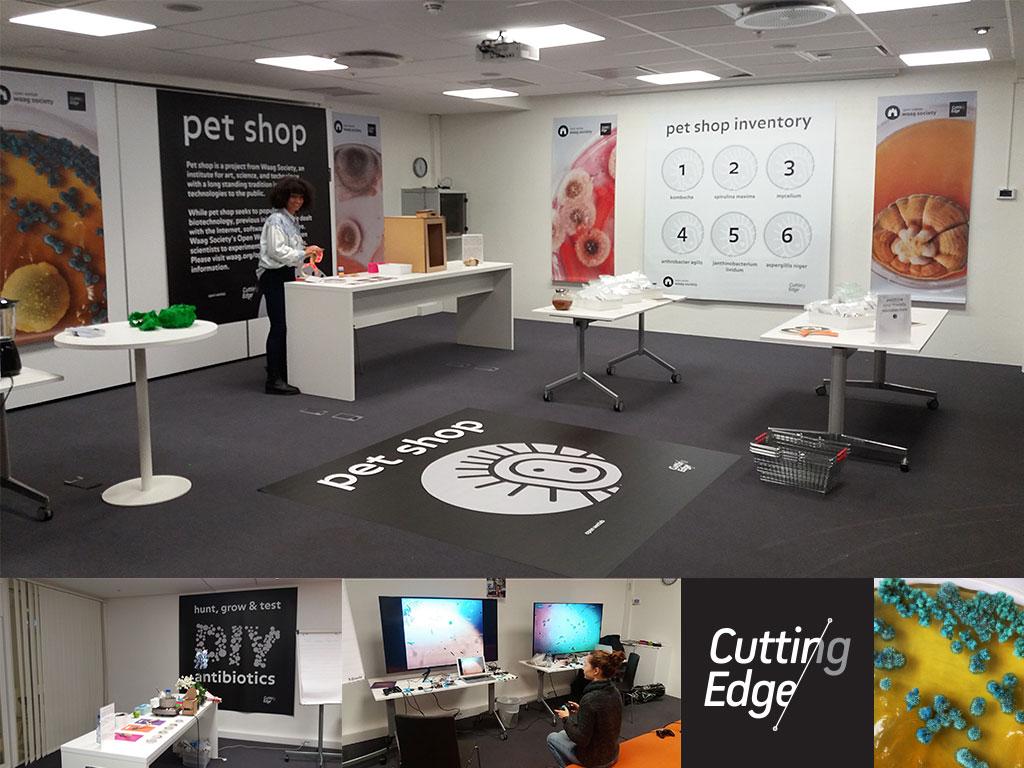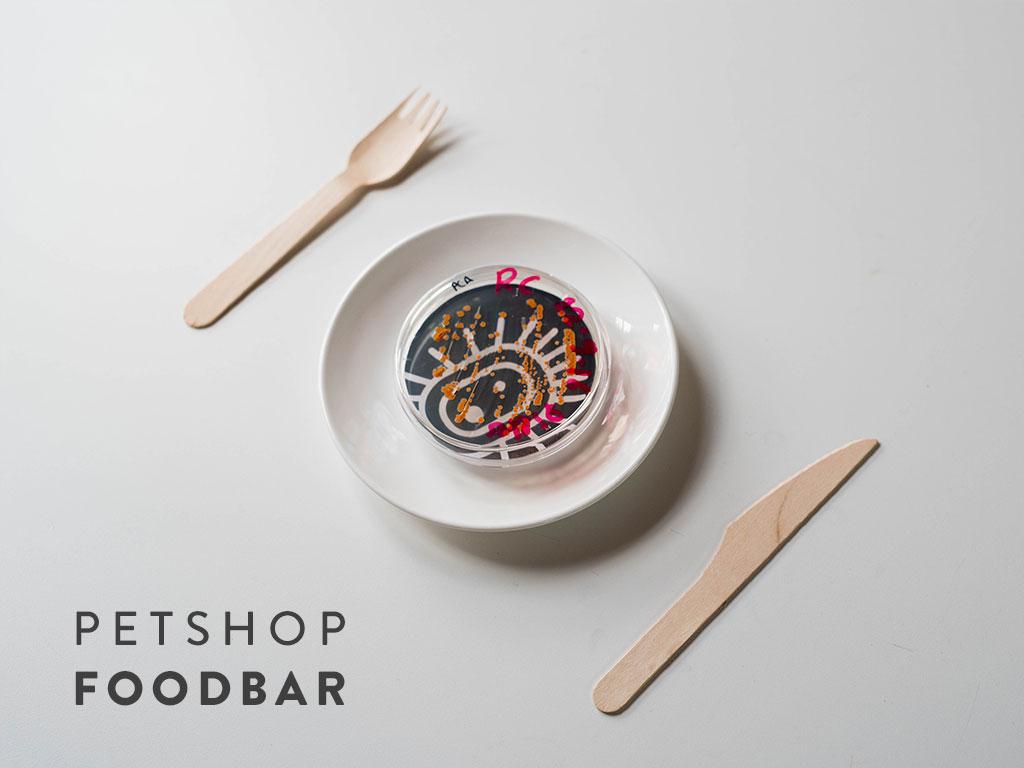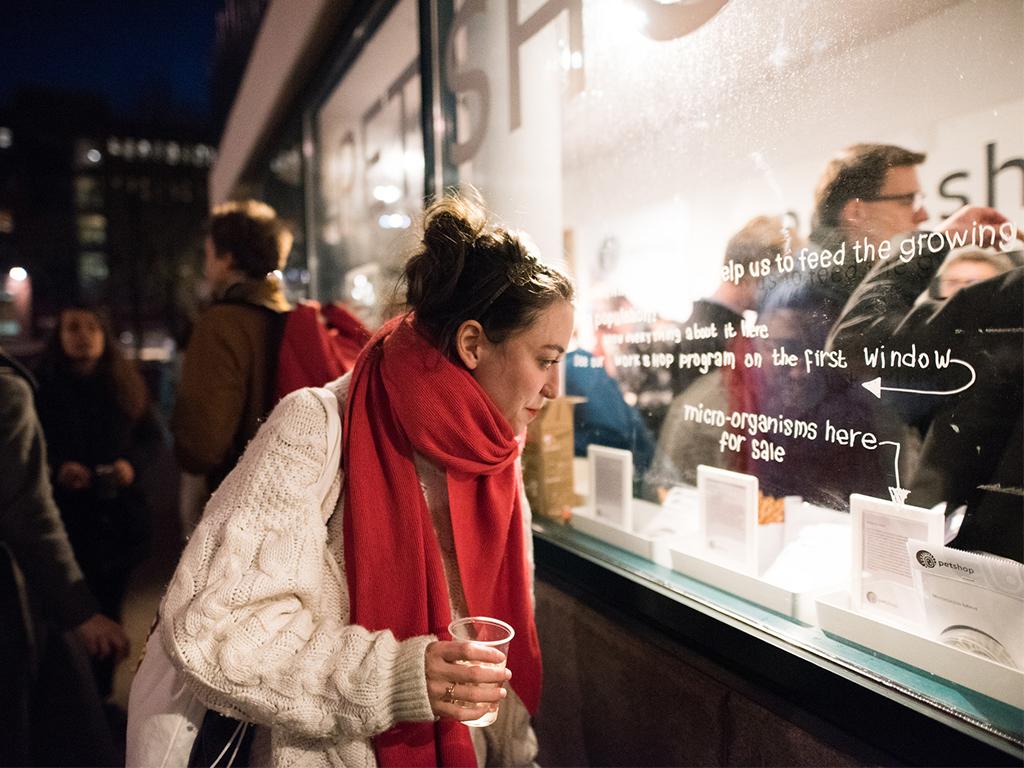Are designer-babies really a dystopian future? Are “genetic engineering”-fears a cover up for protecting the competitiveness of European agricultural sector? Is it moral to wipe out entire species of Malaria mosquitoes using Gene-Drives? Is it moral not too? At the Cutting Edge festival last week in Oslo, I witnessed yet another debate on the future of genetic engineering.
Unfortunately these debates often take the hope versus horror approach. Curing all genetic diseases versus pigs with wings. Higher agricultural yields versus designer babies. Dystopia versus utopia.
Technology assessment officers and politicians desperately call upon citizens to participate in these discussions and guide them in drawing the line. Citizens are approached with the question “What not to CRISPR?”. In case you have missed the news: CRISPR is the latest technology in genomic editing.
I don’t believe this approach will lead to a meaningful judgment. Simply because flying pigs do not have a real meaning to people. There is no element of involvement in it. So how are you supposed to have an opinion about something that’s completely irrelevant, absurd or unrealistic?
Instead I believe the question should be inverted. We should ask people what we do need to CRISPR. What do we really need and in what way do we want to achieve that goal?
When confronted with this question, a far more meaningful discussion emerges. Some people want to cure their dog from genetic disorders; others want to have diagnostic tools for infections. And the next person would cure their inherited diabetes or prevent passing on other adverse parts of their genome to their children.
What if we transform all the meetings and discussion on regulations, restrictions and limitations into strategic agenda setting meetings? What if we no longer tell businesses and researchers what not to do, but instead tell them what we expect them to do?
Our contribution to the Cutting Edge Festival was an embodiment of this approach. We took a pop-up version of our Pet Shop microbe store to Oslo along with a demonstration of DIY Antibiotics and biotic gaming installations. Instead of forcing citizens to judge technologies that are completely outside of their reach, our setup flipped the conversation. Everyone entering the space was confronted with the question: what would you like to do with living things? That’s the attitude we believe in and the type of setting that enables engagement. An approach based on inclusion that really gives citizens the possibility to make a contribution to designing the (biological) society of the future.



